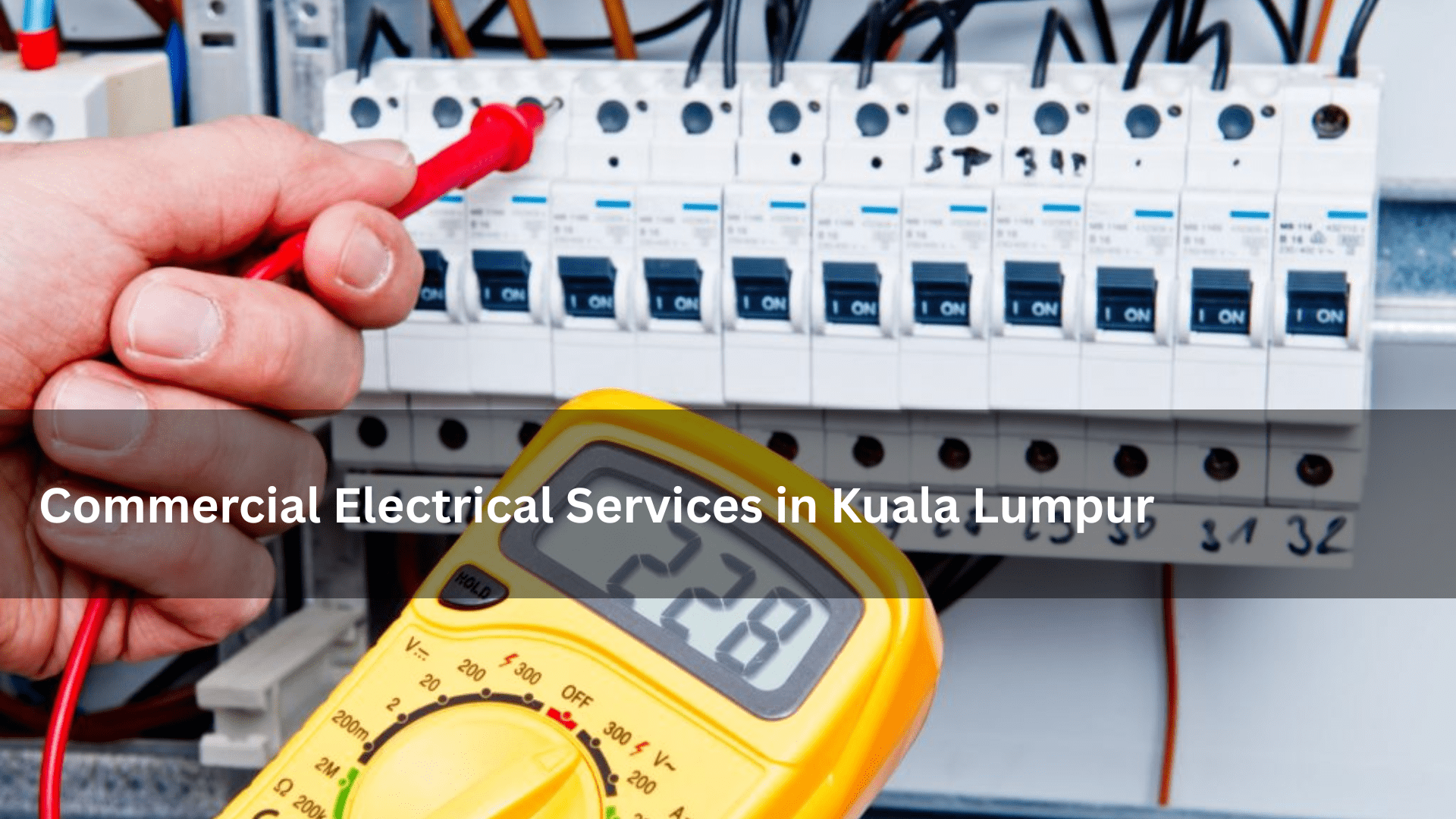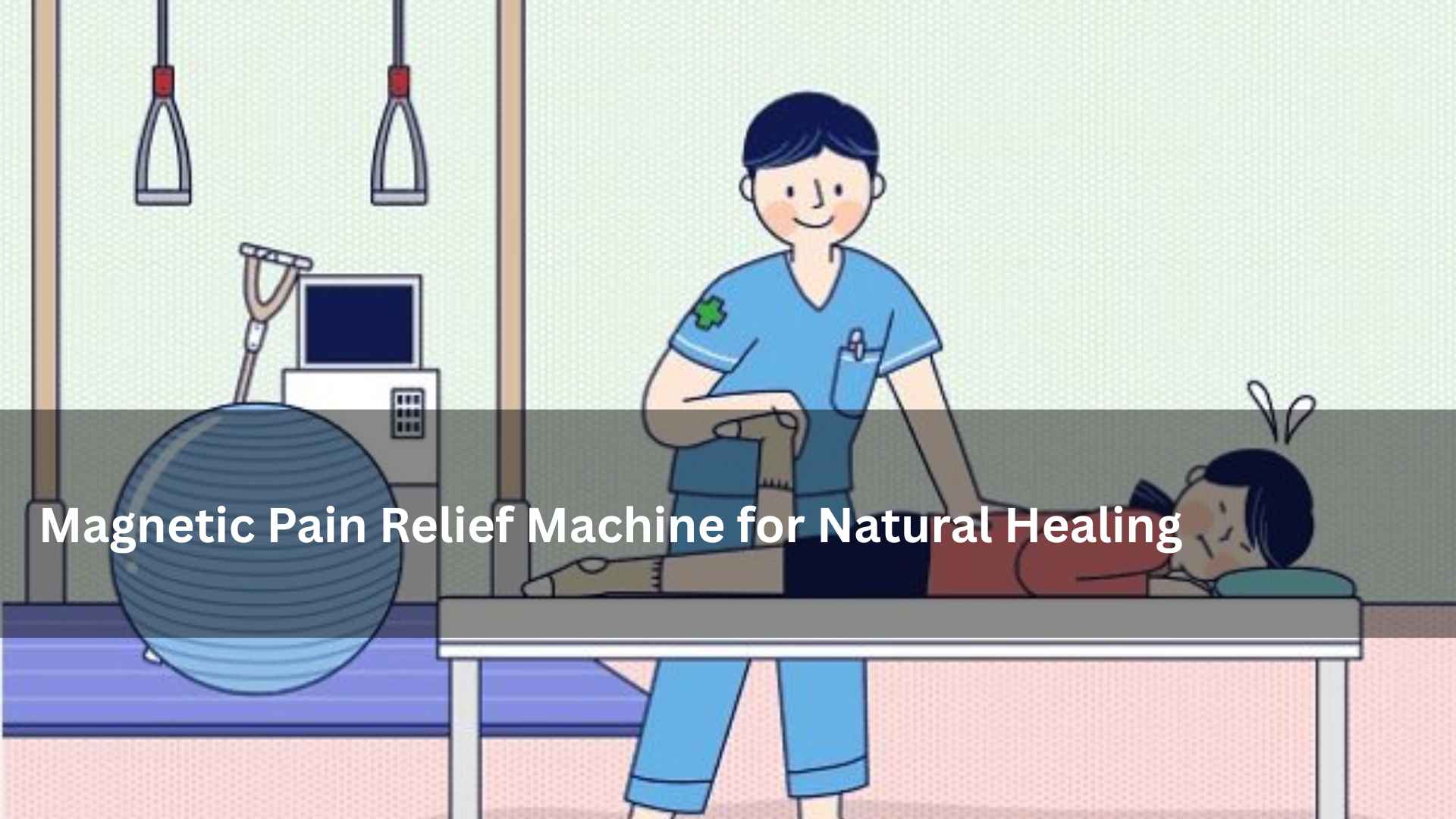Tensile Strength Testing with a Rubber Testing Machine
Tensile strength testing is one of the most fundamental assessments performed using a Rubber Testing Machine. This test determines the force required to stretch a rubber specimen until it breaks. During the test, the machine pulls the sample from both ends and measures stress (force per unit area) and strain (deformation as a percentage of original length).
Key metrics captured include:
- Ultimate tensile strength
- Elongation at break
- Yield point
- Modulus of elasticity
This test is crucial in industries such as automotive, aerospace, and industrial equipment, where rubber components like gaskets, hoses, and seals must withstand continuous stretching and flexing under load.
Compression Testing Using a Rubber Testing Machine
Another widely used method is compression testing, where the Rubber Testing Machine applies a compressive force to evaluate how well the rubber resists deformation under pressure. This is especially important for components that must maintain their shape and sealing capability while being compressed, such as O-rings, engine mounts, and rubber spacers.
Compression testing reveals critical properties such as:
- Compressive strength
- Compression set (permanent deformation)
- Load deflection characteristics
Reliable compression data helps manufacturers improve product longevity and design rubber parts that perform under sustained pressure.
Hardness Testing Performed by a Rubber Testing Machine
Hardness is a key indicator of a rubber material’s resistance to indentation, wear, and deformation. A Rubber Testing Machine used for hardness testing typically uses a durometer based on various Shore scales (e.g., Shore A for soft rubbers, Shore D for harder types).
The test involves pressing a standardized indenter into the rubber surface and measuring the depth of penetration under a specific force. This simple yet critical method is used across industries like footwear, electronics, automotive, and consumer goods.
Maintaining the correct hardness ensures optimal performance in real-world applications where friction, impact, and weight-bearing are factors.
Abrasion Resistance Testing with a Rubber Testing Machine
Abrasion resistance testing determines how well a rubber sample withstands surface wear over time. A Rubber Testing Machine configured for this test simulates friction using a rotating drum, abrasive wheels, or sandpaper surfaces in contact with the rubber.
This test is essential for rubber products exposed to repeated rubbing, dragging, or contact with other surfaces, such as:
- Shoe soles
- Industrial belts
- Tires
- Flooring materials
Data from abrasion resistance tests help predict product lifespan and select suitable materials for high-wear applications.
Tear Resistance Testing on a Rubber Testing Machine
Tear strength is another vital mechanical property, especially for rubber components that might be exposed to sharp edges, rough handling, or sudden impact. A Rubber Testing Machine performs this test by introducing a pre-cut slit in a sample and pulling it to measure the force needed to propagate the tear.
This test is particularly important for applications such as:
- Protective clothing
- Rubber membranes
- Inflatable products
- Sealing materials
A higher tear resistance rating indicates a product’s ability to survive rough environments and mechanical stress without catastrophic failure.
Flex Fatigue Testing Using a Rubber Testing Machine
Rubber products often need to endure repeated bending, stretching, or twisting during their lifetime. A Rubber Testing Machine designed for flex fatigue testing subjects the sample to cyclic loading over thousands or even millions of cycles to observe when cracks, splits, or failures begin to occur.
Common uses of flex testing include:
- Automotive suspension components
- Footwear and insoles
- Conveyor belts
- Medical tubing
This method helps manufacturers predict long-term durability and avoid premature failures, making it a vital test for quality assurance and research and development.
Rebound Resilience Testing Performed by a Rubber Testing Machine
Rebound resilience is a measure of how well a rubber material returns to its original shape after deformation. In this test, a Rubber Testing Machine drops a steel ball or plunger onto the rubber surface and measures how high it bounces back.
This property is particularly relevant in products where energy return is essential, such as:
- Sporting goods (balls, shoe soles)
- Vibration dampeners
- Shock absorbers
High rebound resilience generally indicates superior elasticity and fatigue resistance, which is desirable for dynamic rubber applications.
Aging and Heat Resistance Testing Using a Rubber Testing Machine
Rubber’s performance can degrade when exposed to prolonged heat, ozone, or other environmental factors. A Rubber Testing Machine with aging oven capabilities simulates extended exposure to elevated temperatures and records changes in hardness, strength, and elasticity over time.
This test supports industries such as:
- Automotive (under-hood applications)
- Aerospace
- Oil & gas (seals, gaskets)
- Electrical insulation
Manufacturers use this method to predict a product’s shelf life, performance in hot climates, and compliance with international aging standards.
Rheological Testing with a Rubber Testing Machine
Understanding the flow behavior of uncured rubber compounds is crucial during the formulation and processing stages. A Rubber Testing Machine such as a Mooney viscometer or oscillating disc rheometer measures viscosity, scorch time, and cure rate.
This testing method is most often used in:
- Rubber compounding and formulation R&D
- Quality control during mixing
- Process optimization in molding or extrusion
Rheological testing enables engineers to fine-tune curing profiles, reduce processing waste, and ensure consistent quality across batches.
Density and Specific Gravity Testing on a Rubber Testing Machine
Density testing helps determine the mass per unit volume of a rubber sample and is used to verify consistency, detect formulation errors, and control material usage. A Rubber Testing Machine for density testing typically uses displacement methods or analytical balances with immersion fluids.
This test is helpful in:
- Quality assurance during production
- Lightweight material design
- Foam rubber manufacturing
- Evaluating moisture absorption or porosity
Precise control over density helps manufacturers balance cost, performance, and product weight.
Chemical Resistance Testing with a Rubber Testing Machine
Although more specialized, some Rubber Testing Machines are designed to evaluate how rubber responds to chemical exposure. Samples are immersed in specific liquids such as oils, fuels, acids, or cleaning agents. Post-exposure, physical properties such as hardness, mass, tensile strength, and appearance are measured.
This test is vital in:
- Oil & gas equipment
- Automotive hoses
- Medical-grade rubber products
- Industrial cleaning tools
It ensures that rubber maintains its integrity even when in contact with corrosive substances.
Conclusion: Using a Rubber Testing Machine to Guarantee Performance
Rubber is a critical material across many sectors, and ensuring its performance, safety, and durability requires rigorous testing. Each test performed by a Rubber Testing Machine serves a specific function—from evaluating strength and elasticity to predicting wear, failure, and environmental resistance.
By choosing the right testing methods and equipment, manufacturers can:
- Improve product reliability
- Meet international quality standards
- Reduce costly recalls and failures
- Support innovation and material development
Whether in a lab or on the production floor, the Rubber Testing Machine is the backbone of a sound rubber quality control program. It offers engineers and quality managers the data they need to make informed decisions, improve efficiency, and ensure that the final product performs as expected—every time.










